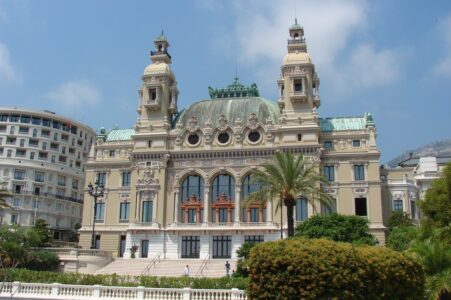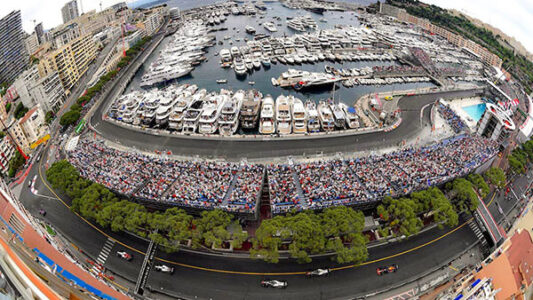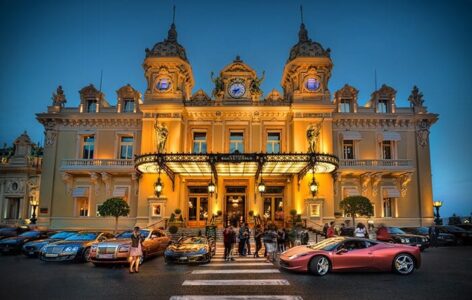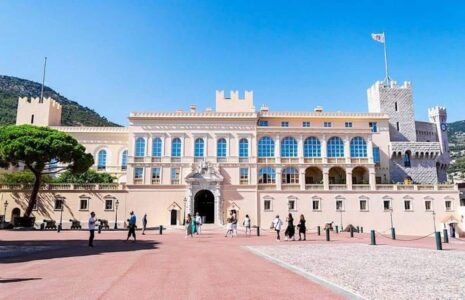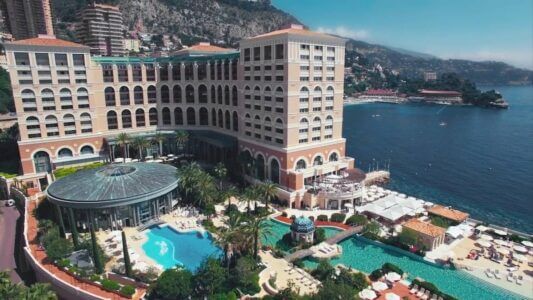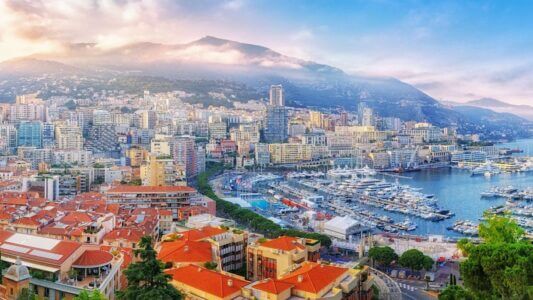A picture postcard: Fontvieille

Retrace the history of your favourite neighbourhoods, in pictures. Today, the emblematic district of Fontvieille.
A neighbourhood that is popular with both residents and employees. Fontvieille has traditionally been the Principality’s industrial district, the place where workers gather. Whereas industry was prevalent in the past, today services have taken over and the overalls have been replaced by suits.
Initially, the Fontvieille district occupied much less land than it does now. Like most of the Principality’s districts, Fontvieille was almost deserted at the beginning of the 20th century. Only a few houses lined the roads and railway while construction on the Prince Albert Hospital got under way.
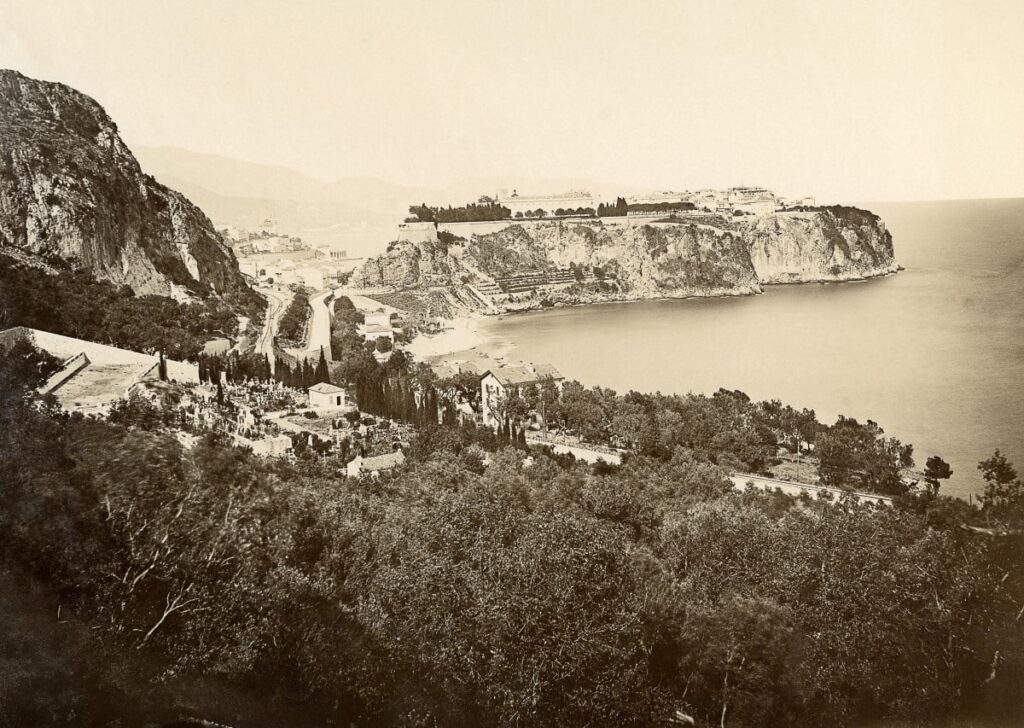
The new Prince Albert Hospital, later renamed the Centre Hospitalier Princesse Grâce (Princess Grace hospital centre – CHPG), opened in 1902.
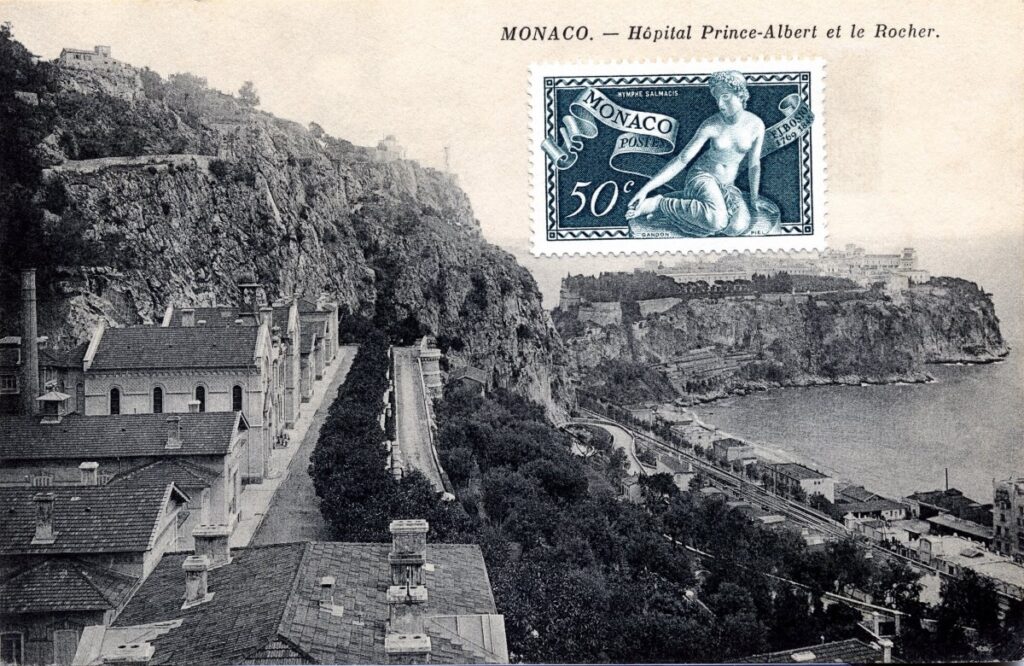
With the passing of time and the coastal developments along the Fontvieille district, Monaco’s territory steadily reclaimed land from the sea. Following an extension built after the First World War, a small harbour, the Darse tunnel and a plot of land that would become the Stade Louis II in 1939 appeared.
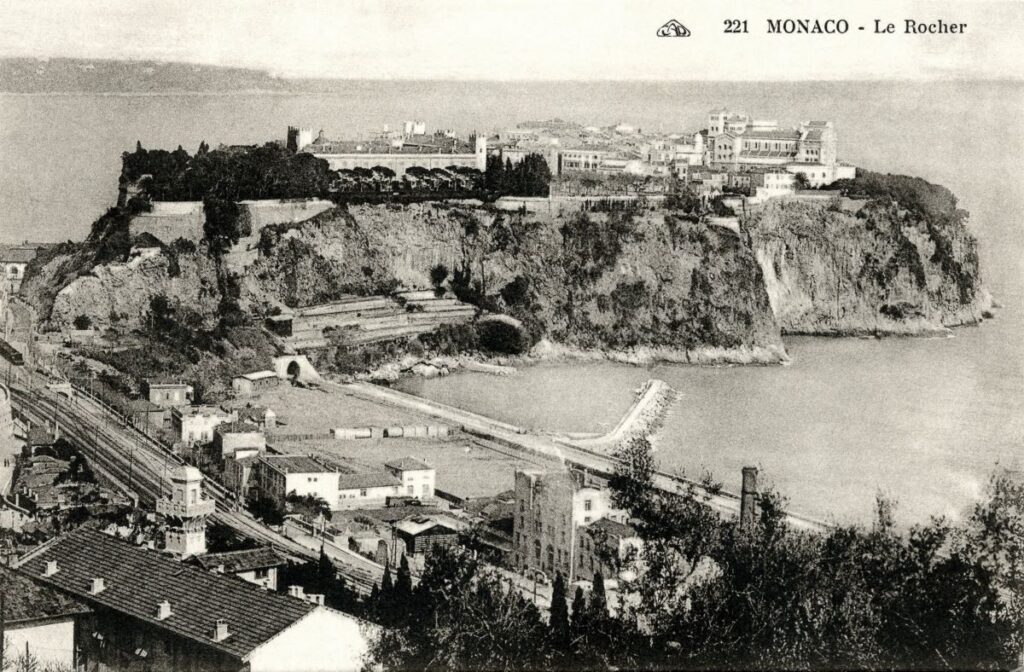
Throughout the first half of the 20th century, factories were built on this small piece of land between the mountains and the sea. This was the case for the shipyard, the Dairy and the Brewery, to name only the most famous ones.
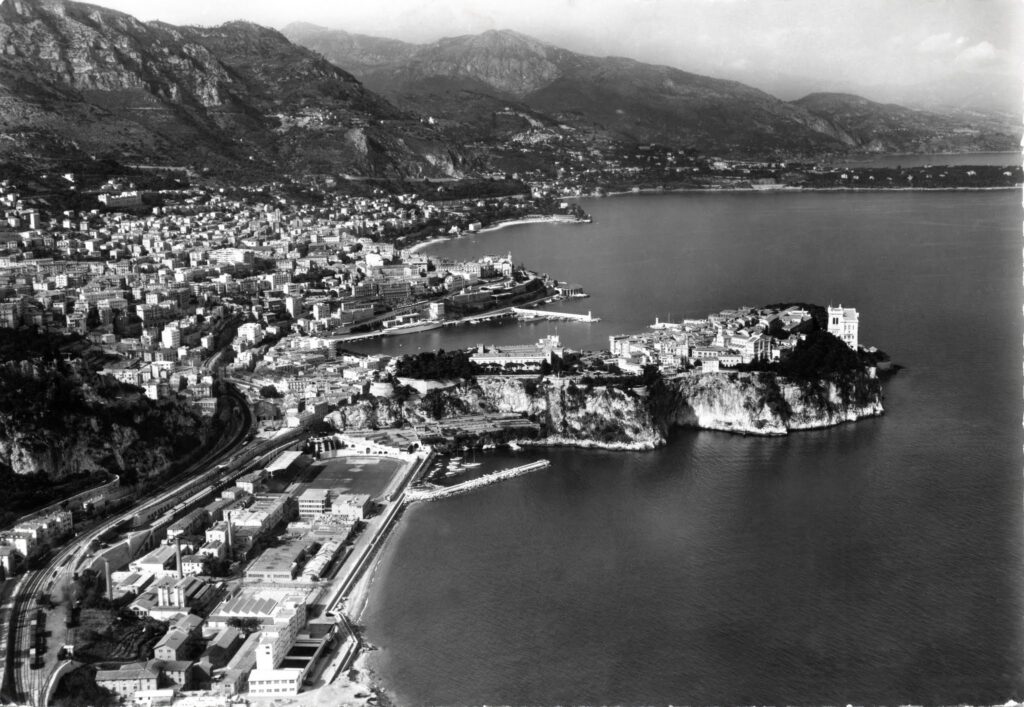
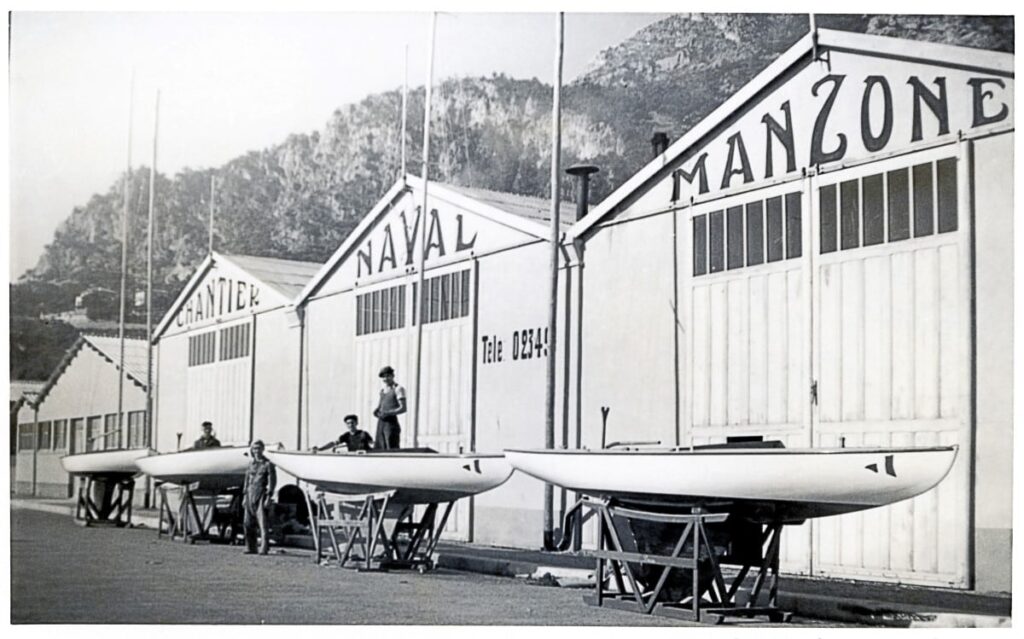

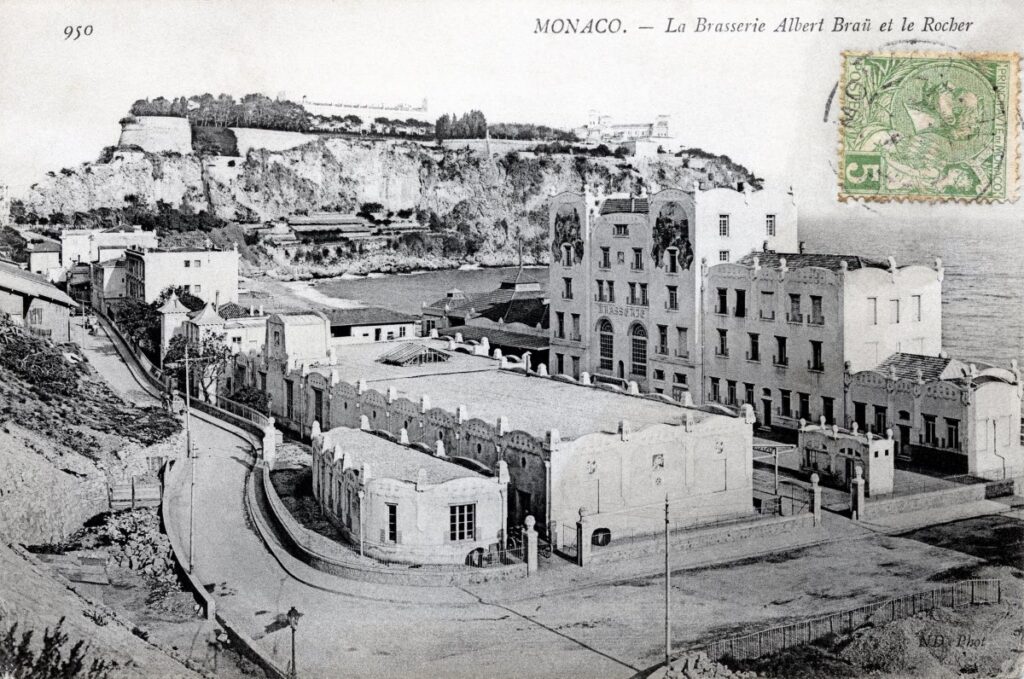
Over time, space became too tight. Prince Rainier III decided to build several extensions out to sea in a desire to expand Monegasque territory. The Fontvieille district was part of this vast plan and its outline changed radically. Shortly after the Larvotto extensions, construction of the Fontvieille extension began, in 1966.
SEE ALSO: A picture postcard: Le Larvotto

It was a colossal project. In total, 220,000 m² were reclaimed from the sea. However, the initial project was intended to create 400,000 m². An additional difficulty in creating an offshore extension is that the sea floor reaches a depth of up to 40m off Fontvieille. A one-kilometre long dike was built to protect the building works and to define the area of the extension. The world’s deepest breakwater was therefore created.
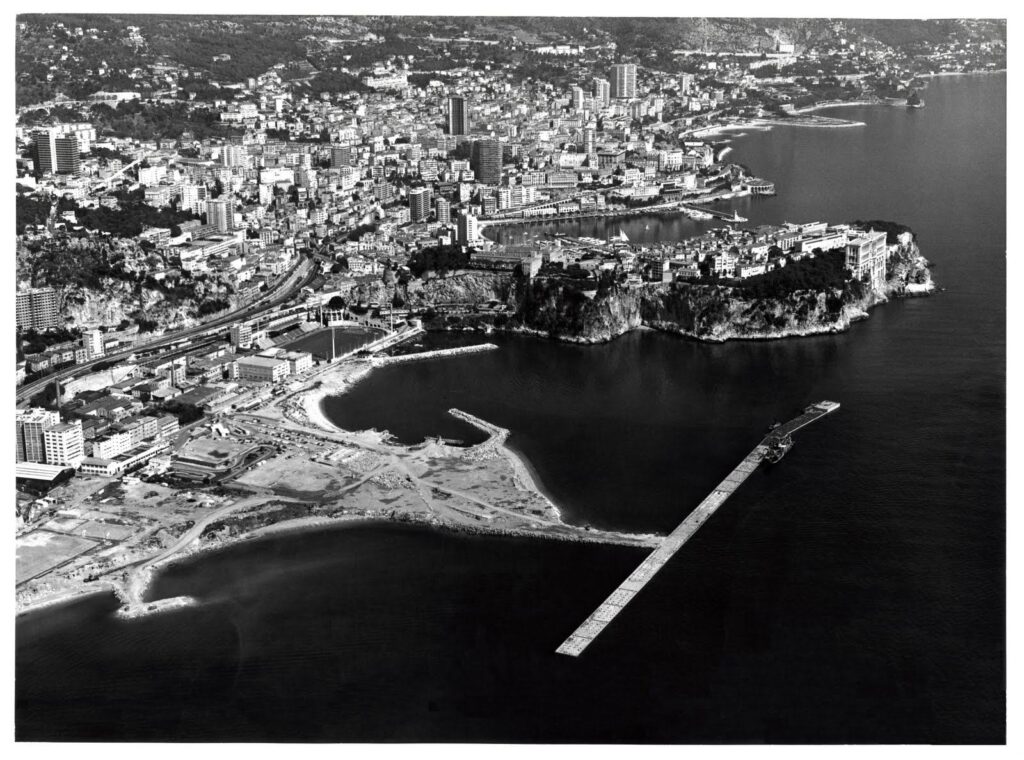
With the completion of the dike, there was still a huge amount of construction work to be done. Another 7 million tonnes of aggregates needed to be poured in order to build up the 220,000 m² platform.
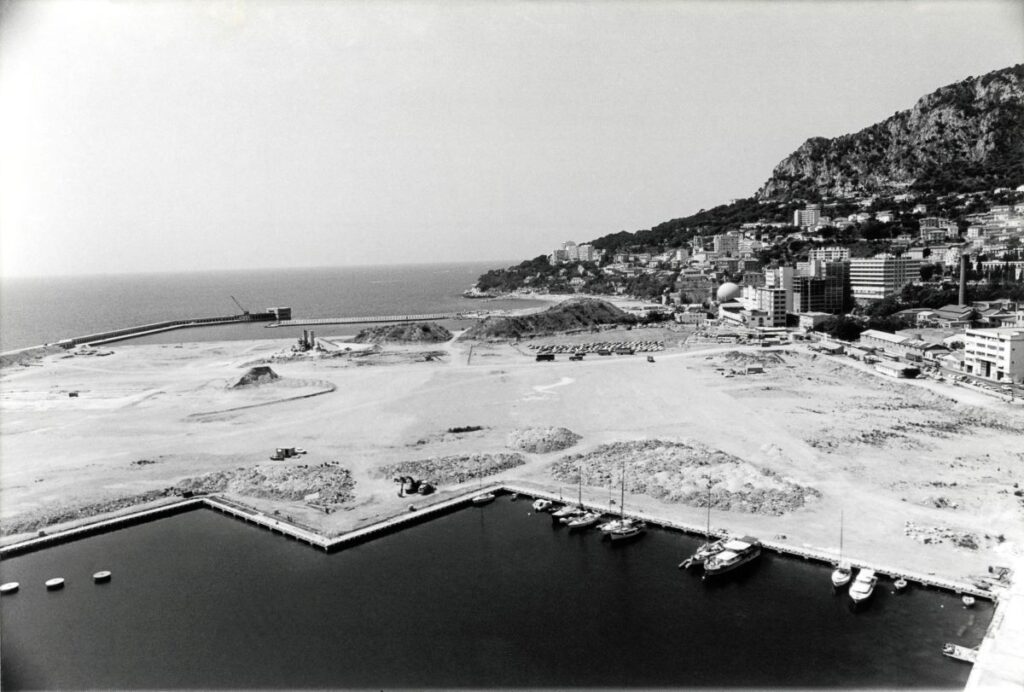

All that remained was to build the planned infrastructures for the new Fontvieille district. The work went on from 1980 to 1992. However 10,000 people had a brand new home thanks to the new extension. In the centre, gardens, a rose garden, a pavilion, a fire station and a church were built. The new Stade Louis II was also built, replacing the old one.
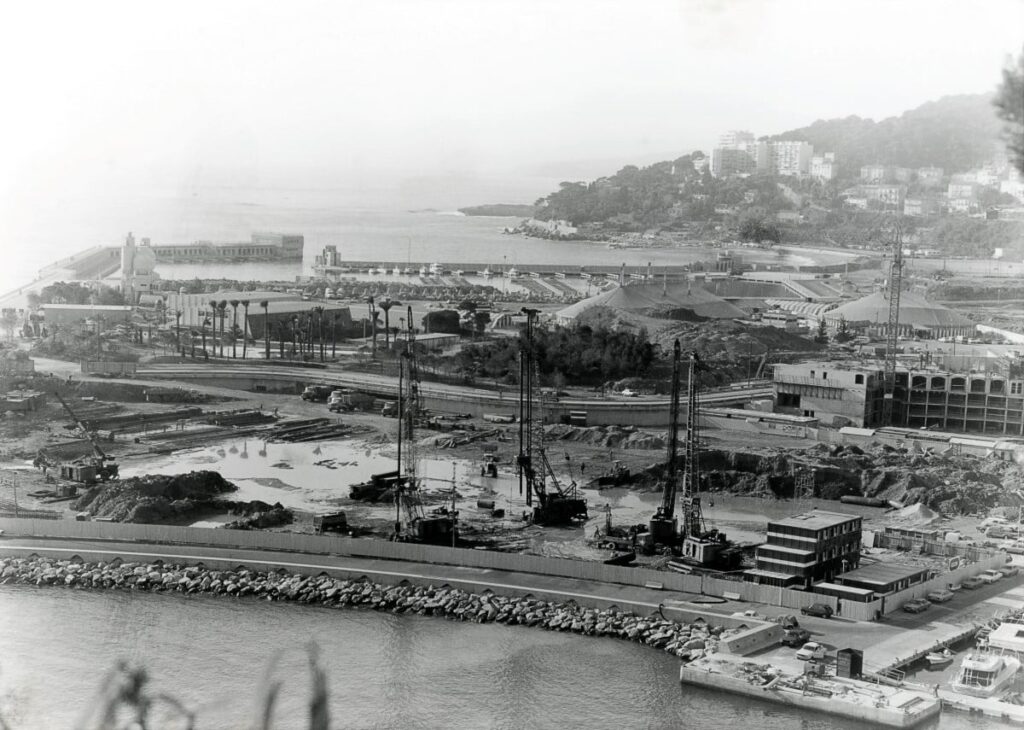

SEE ALSO: A picture postcard: the Casino and its square
The old Louis II Stadium was knocked down, making room to build the Fontvieille shopping centre. A large architectural ensemble including the Prince’s Car Collection, the Stamp and Coin Museum, the Naval Museum and the Espace Léo Ferré. The charming UNESCO gardens set the whole complex off.
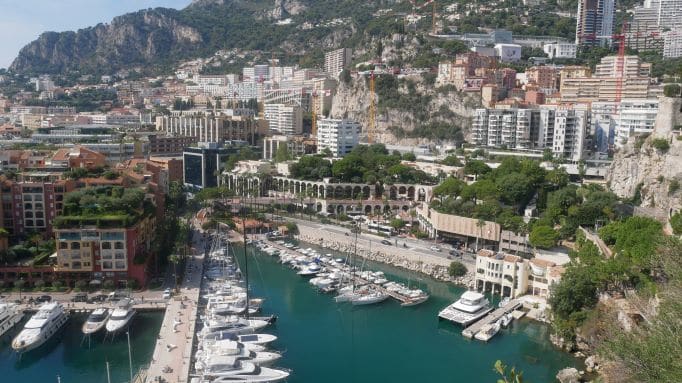
However, today, the latest addition to Fontvieille is already about to undergo a transformation. The Prince’s car collection moved to Port Hercule in July, in anticipation of the future works. In the coming years, the shopping centre should see its surface area greatly increased with an emphasis on more light and vegetation.
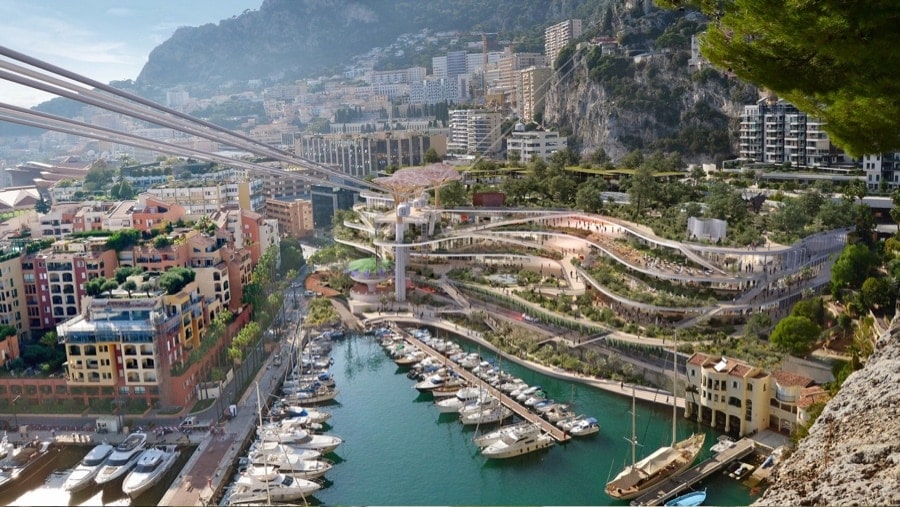
Monaco has undergone many changes over the 20th century, as witnessed by the Fontvieille district. The rest of the town was not overlooked, and if you want to find out more, a group of enthusiasts, administered by Jean-Paul Bascoul, has come together on Facebook to share their old photos of the Principality: Monaco4Ever.

